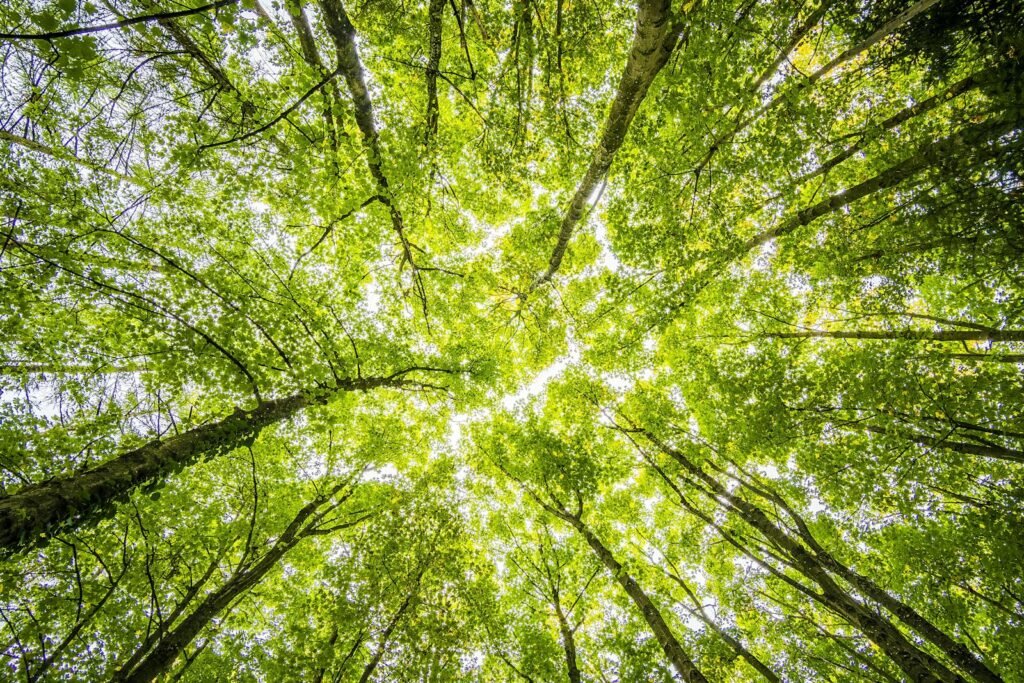Have you ever paused to consider the air you breathe? It’s a simple act, yet it’s powered by a complex history that stretches back billions of years. The oxygen that fills our lungs today is often attributed to the lush greenery that carpets our planet. But is it possible that the story of Earth’s oxygen is older and more mysterious than the plants we see around us? This question opens a window into a captivating narrative of the Earth’s history, one that is as riveting as it is essential for understanding the life-supporting atmosphere we often take for granted.
The Birth of Oxygen on Earth

In the beginning, Earth was a world devoid of the oxygen-rich air we now depend on. The planet’s early atmosphere was a chaotic mix of gases, primarily hydrogen and helium. It wasn’t until about 2.4 billion years ago, during the Great Oxidation Event, that oxygen began to accumulate. This period marked a significant turning point, transforming the Earth’s environment into one capable of supporting complex life. But was this change solely the work of plants, or did other forces play a role?
Cyanobacteria: The Ancient Oxygen Producers
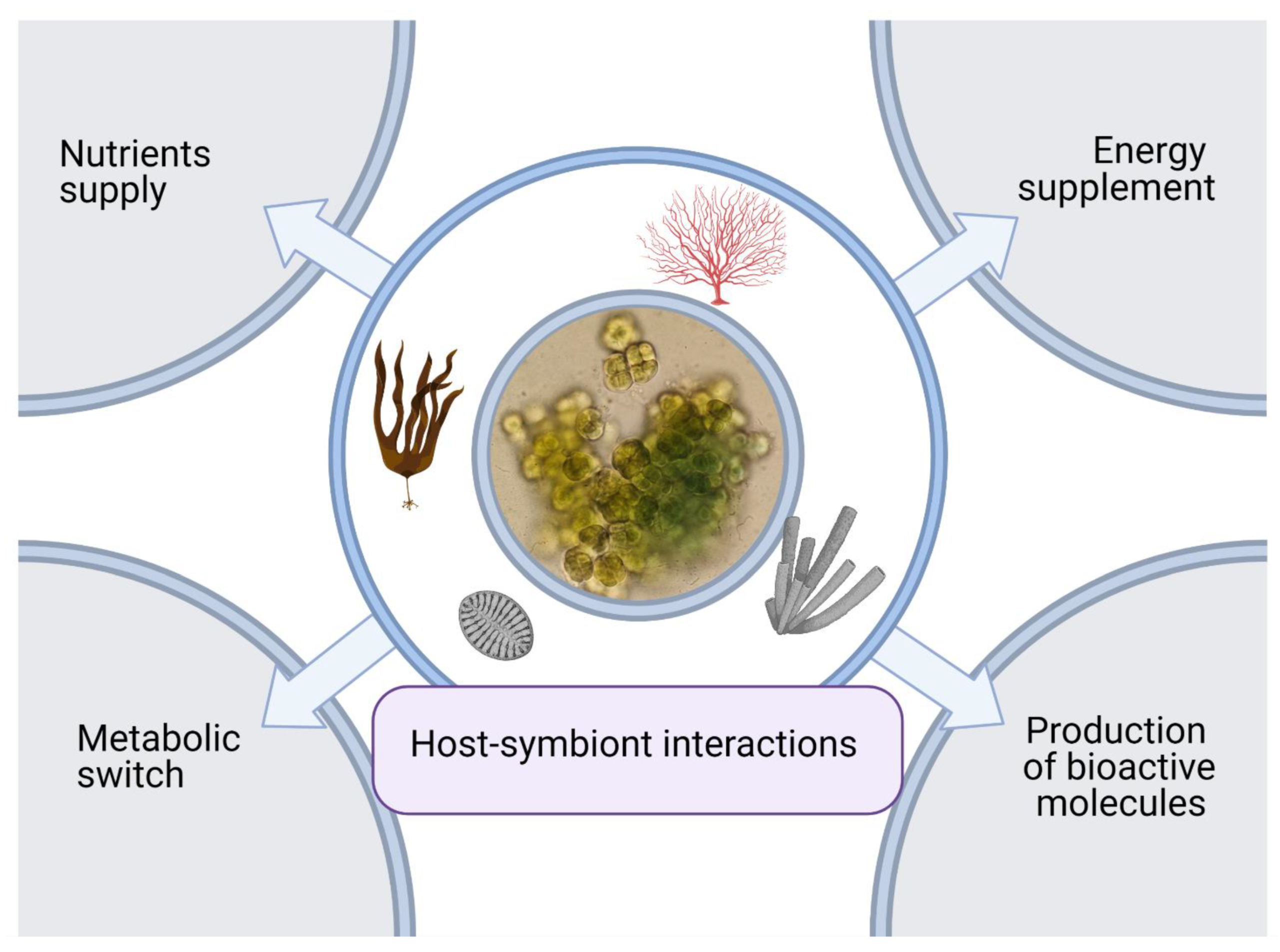
Long before the advent of trees and plants, cyanobacteria, often referred to as blue-green algae, were the pioneering oxygen producers. These microscopic organisms thrived in the ancient oceans, harnessing sunlight to perform photosynthesis. Through this process, they converted carbon dioxide and water into glucose and oxygen, releasing the latter into the atmosphere. Cyanobacteria might seem insignificant today, but their role in shaping our planet’s atmosphere was nothing short of monumental.
Stromatolites: Silent Witnesses to History
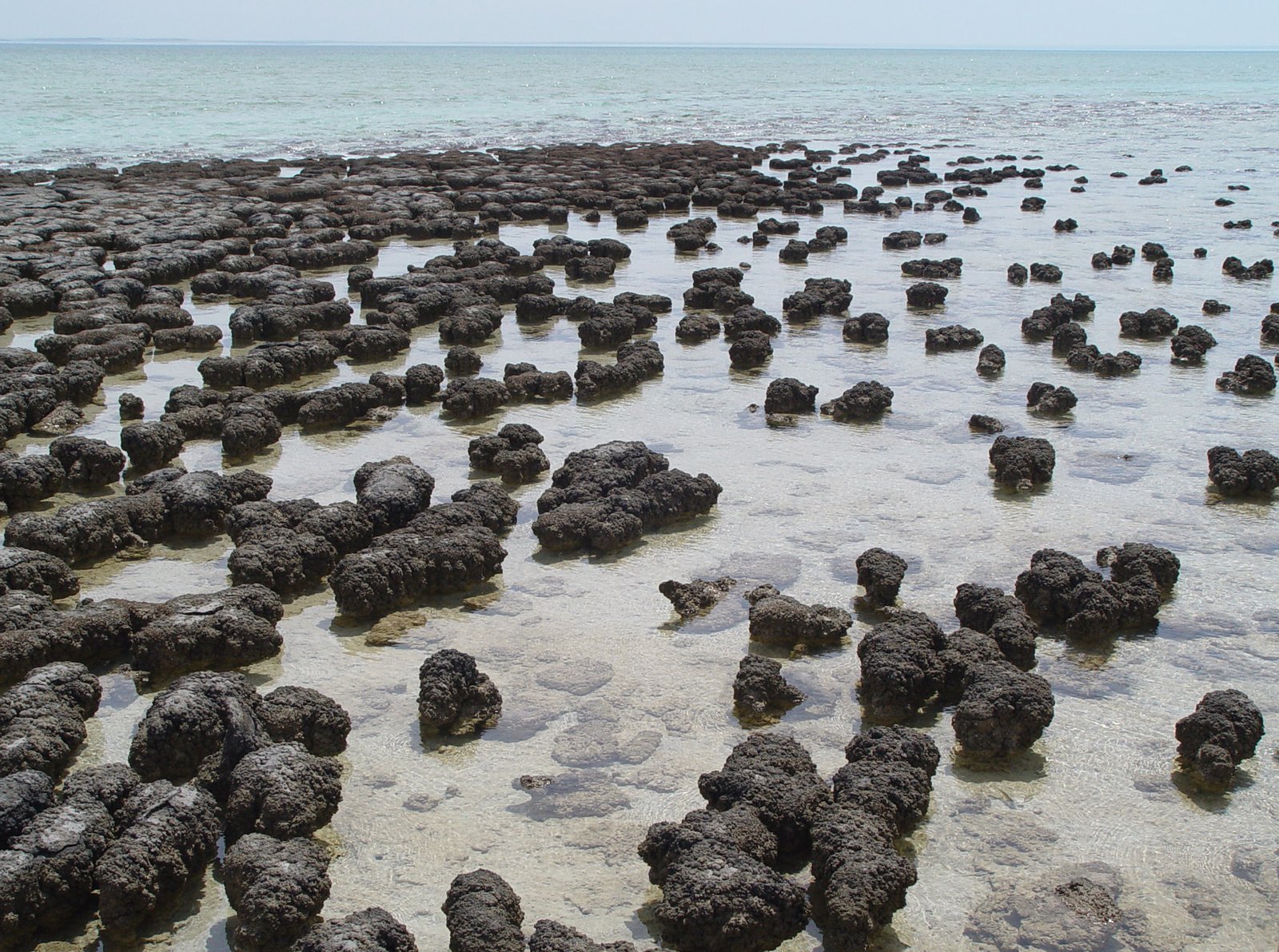
Stromatolites, layered structures formed by the activity of cyanobacteria, serve as ancient markers of the Earth’s oxygenation process. These rock-like formations provide evidence of microbial life and its impact on the environment. Found in places like Shark Bay in Australia, stromatolites are living fossils that offer clues about the early days of oxygen production. They remind us that the story of Earth’s oxygen is deeply rooted in microbial life.
The Role of Volcanoes
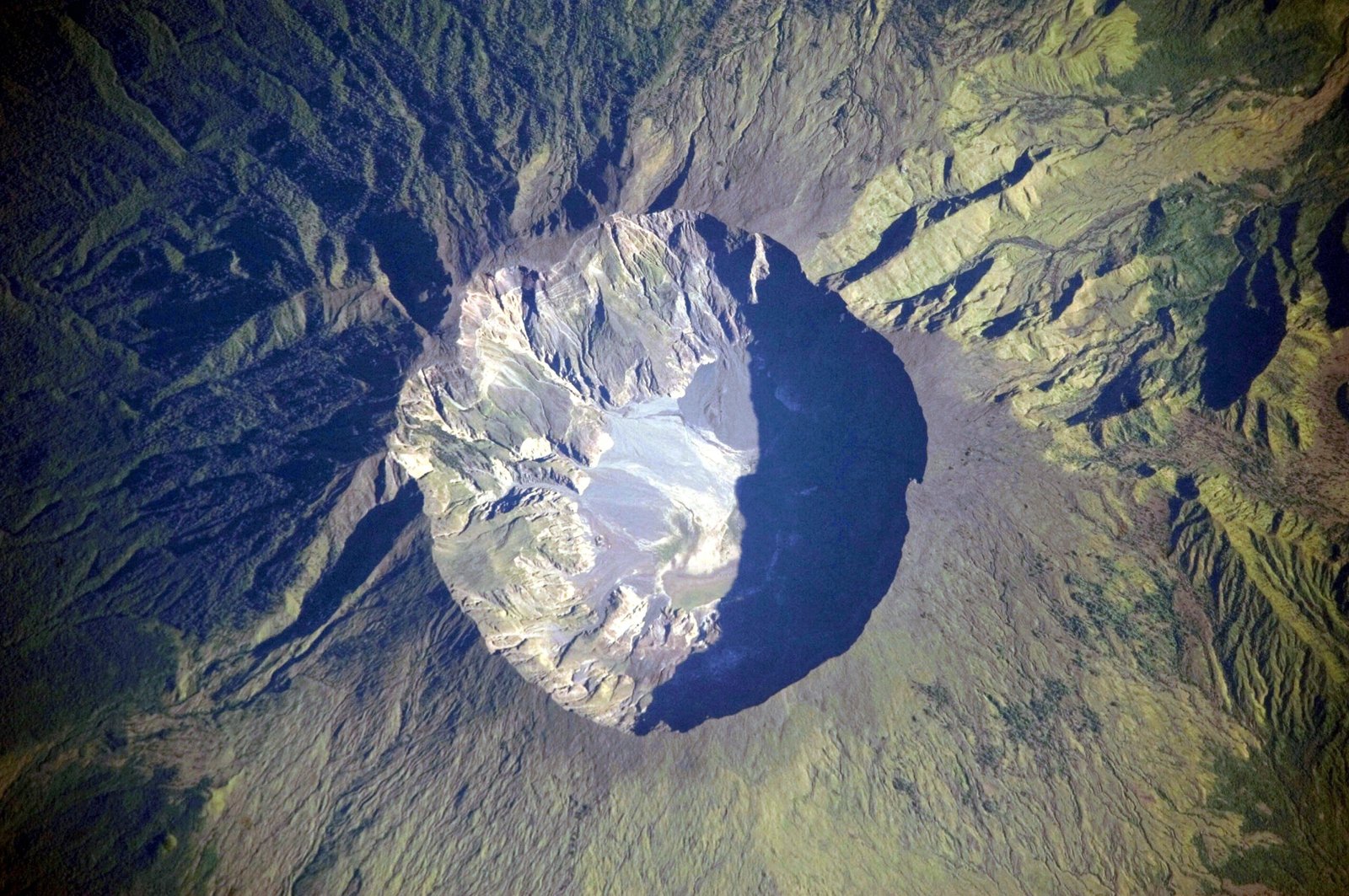
While cyanobacteria were busy producing oxygen, volcanic activity was also shaping the Earth’s atmosphere. Volcanoes released gases, including carbon dioxide, which became essential for photosynthesis. This symbiotic relationship between volcanic emissions and microbial life helped create a balanced atmosphere. The interplay between these forces highlights the complexity of Earth’s oxygenation, suggesting that it was not a singular event but a multifaceted process.
The Great Oxidation Event: A Turning Point

The Great Oxidation Event was a pivotal moment in Earth’s history. It marked the first time oxygen levels in the atmosphere rose significantly. While cyanobacteria played a crucial role, this event was likely driven by a combination of factors, including geological changes and the evolution of new microbial species. This complex web of interactions set the stage for the development of more complex life forms.
The Rise of Plants
Plants, as we know them today, did not appear until much later in Earth’s history. The first terrestrial plants emerged around 470 million years ago, long after the initial rise of oxygen. These early plants, including mosses and liverworts, gradually transformed the landscape and contributed to the oxygenation of the atmosphere. They expanded the reach of photosynthesis from the oceans to the land, further enriching the air with oxygen.
The Impact of Oxygen on Life
The rise of oxygen had profound effects on life on Earth. It allowed for the evolution of aerobic organisms that could efficiently extract energy from organic matter. This led to the development of complex multicellular life forms, including animals. Oxygen became a driving force behind the diversification of life, paving the way for the rich tapestry of species we see today.
Oxygen and the Evolution of Earth
The presence of oxygen not only shaped biological evolution but also influenced geological processes. Oxygen reacted with minerals, altering the composition of rocks and soils. It played a role in the formation of the ozone layer, which protects life from harmful ultraviolet radiation. The interplay between oxygen and Earth’s systems underscores its significance as a catalyst for change.
The Ongoing Mystery of Oxygen
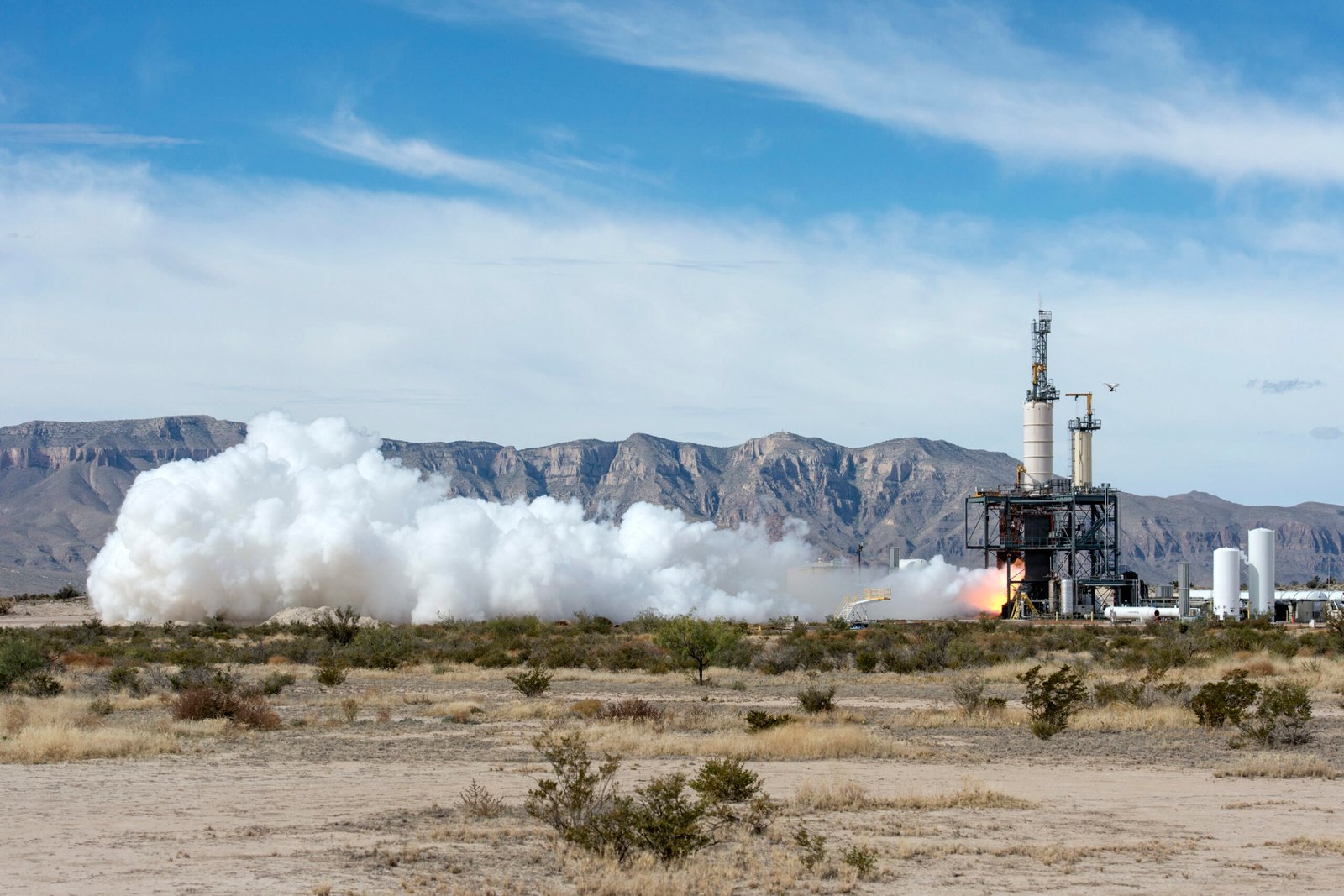
Despite our understanding of oxygen’s history, many questions remain. Scientists continue to study ancient rocks and fossils to unravel the mysteries of Earth’s oxygenation. New discoveries challenge existing theories and deepen our appreciation for the complex interactions that shaped our planet. The story of oxygen is a reminder of the intricate connections between life and the environment.
Reflecting on Earth’s Oxygen Legacy
As we breathe in the oxygen-rich air, it’s essential to recognize the legacy of the ancient processes that made it possible. The story of Earth’s oxygen is a testament to the resilience and adaptability of life. It prompts us to consider our role in preserving the delicate balance of our atmosphere. In a world facing environmental challenges, understanding the past can inspire us to protect the future. What mysteries of Earth’s history will continue to unfold, and how will they shape our understanding of life itself?

